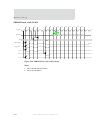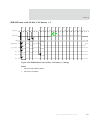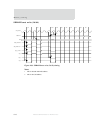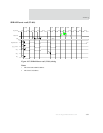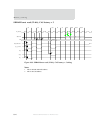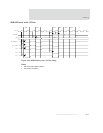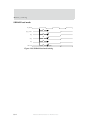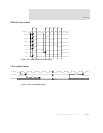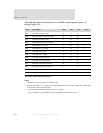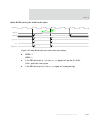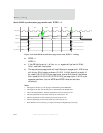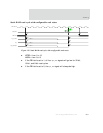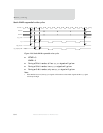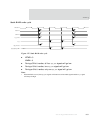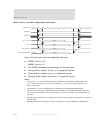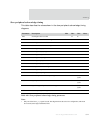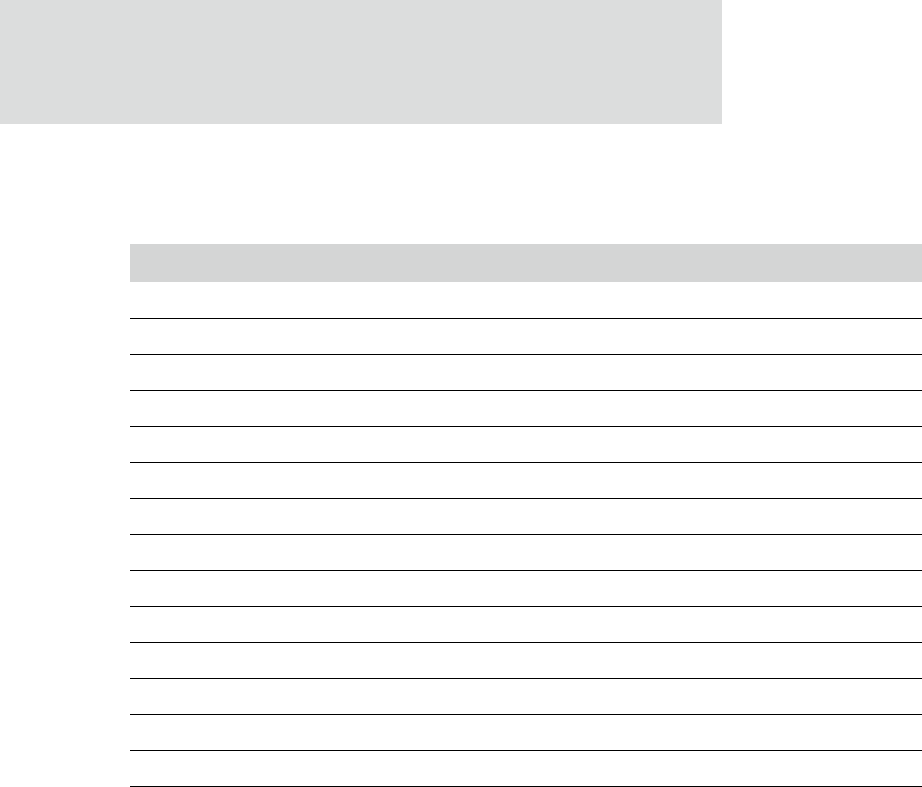
Memory timing
804
NS9750 Hardware Reference
Table 468 describes the values shown in the SRAM timing diagrams (Figure 113
through Figure 118).
Notes:
1 The (CPU clock out / 2) signal is for reference only.
2 Only one of the four dy_cs_n signals is used. The diagrams show the active low configuration, which can be
reversed (active high) with the PC field.
3 Use this formula to calculate the length of the st_cs_n signal:
Tacc + board delay + (optional buffer delays, both address out and data in) + 10ns
Parm Description Min Max Unit Notes
M15 clock high to data out valid -2 +2 ns
M16 data out hold time from clock high -2 +2 ns
M17 clock high to address valid -2 +2 ns
M18 address hold time from clock high -2 +2 ns
M19 clock high to st_cs_n low -2 +2 ns 2
M20 clock high to st_cs_n high -2 +2 ns 2
M21 clock high to we_n low -2 +2 ns
M22 clock high to we_n high -2 +2 ns
M23 clock high to byte_lanes low -2 +2 ns
M24 clock high to byte_lanes high -2 +2 ns
M25 data input setup time to rising clk 10 ns
M26 data input hold time to rising clk 0 ns
M27 clock high to oe_n low -2 +2 ns
M28 clock high to oe_n high -2 +2 ns
Table 468: SRAM timing parameters



